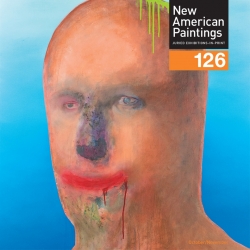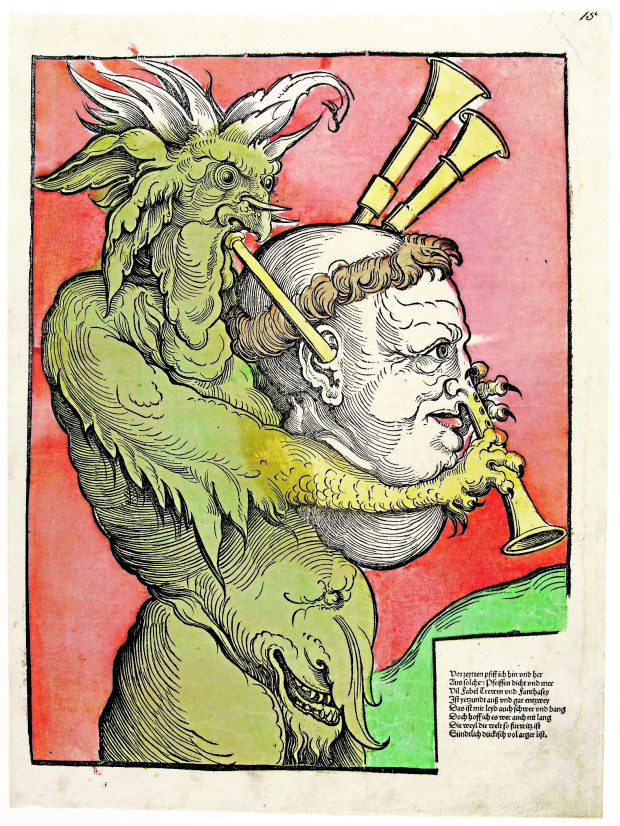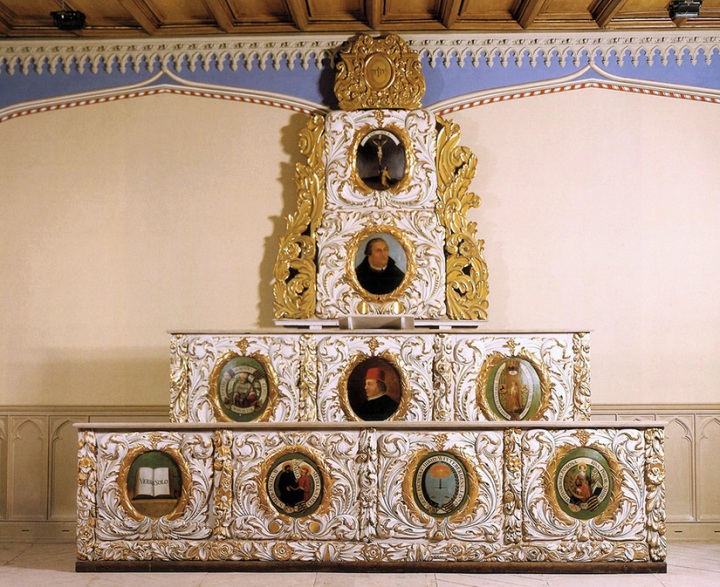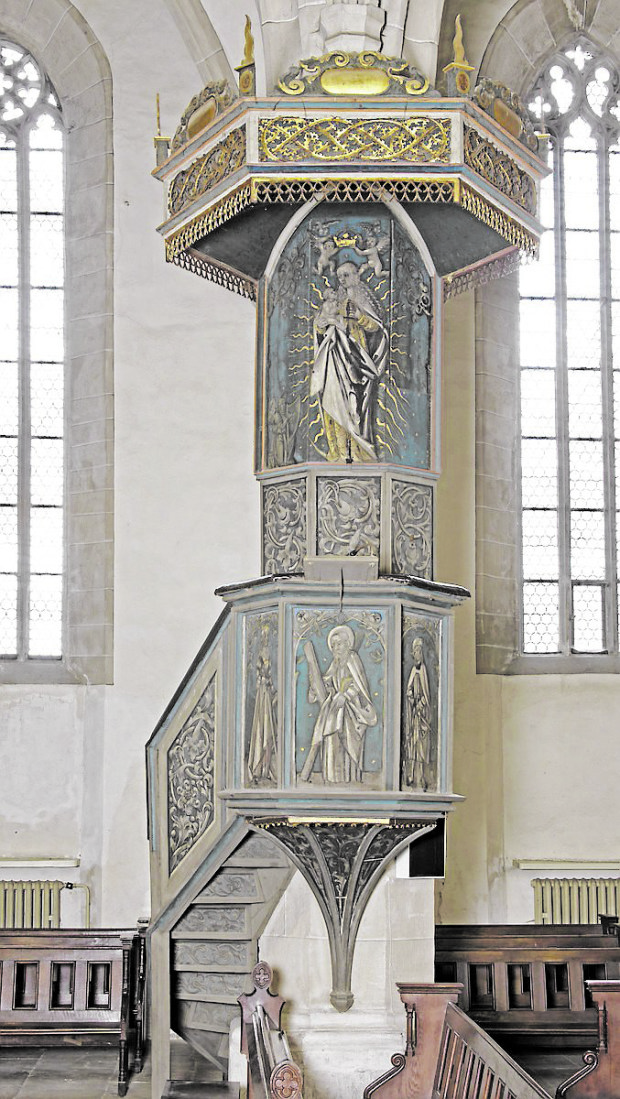According to James Voorhies in an essay about Pablo Picasso, written for the Metropolitan Museum of Art in New York: “The artistic genius of Pablo Picasso (1881–1973) has impacted the development of modern and contemporary art with unparalleled magnitude. His prolific output includes over 20,000 paintings, prints, drawings, sculptures, ceramics, theater sets and costumes that convey myriad intellectual, political, social, and amorous messages.” http://www.metmuseum.org/toah/hd/pica/hd_pica.htm
Thinking about Picasso’s obvious knowledge and comprehension of Biblical and Mythological concepts, as well as his material genius, sometimes even in the guise of simple and rustic colors and shapes originally reminded me of Carol Bly’s comment about the inadequacy of my own (Karen’s) education. I can quote Jane Austen all day long, and You’ve Got Mail, the real, “I Ching of all wisdom.” But, all those gods and goddesses make pudding in my mind, and I certainly don’t have the skill to create heart stopping portraits and self-portraits drawn out of origins buried in history and the historical renditions of other artists that came before me.
This little epiphany I’m expressing right now may be a doorway into something else. It grows out of what I figured out earlier, that James Joyce wrote the authors in whose company he wanted to be considered into his own writing. Picasso seems less self-serving, more honest, and more deeply brilliant (even though Carol Bly included The Dead in her list of the best ten short stories every written).
If all art is essentially self-portrait, then the truth of oneself is bound to cause more discussion and be more disconcerting as it more closely approaches honesty.















